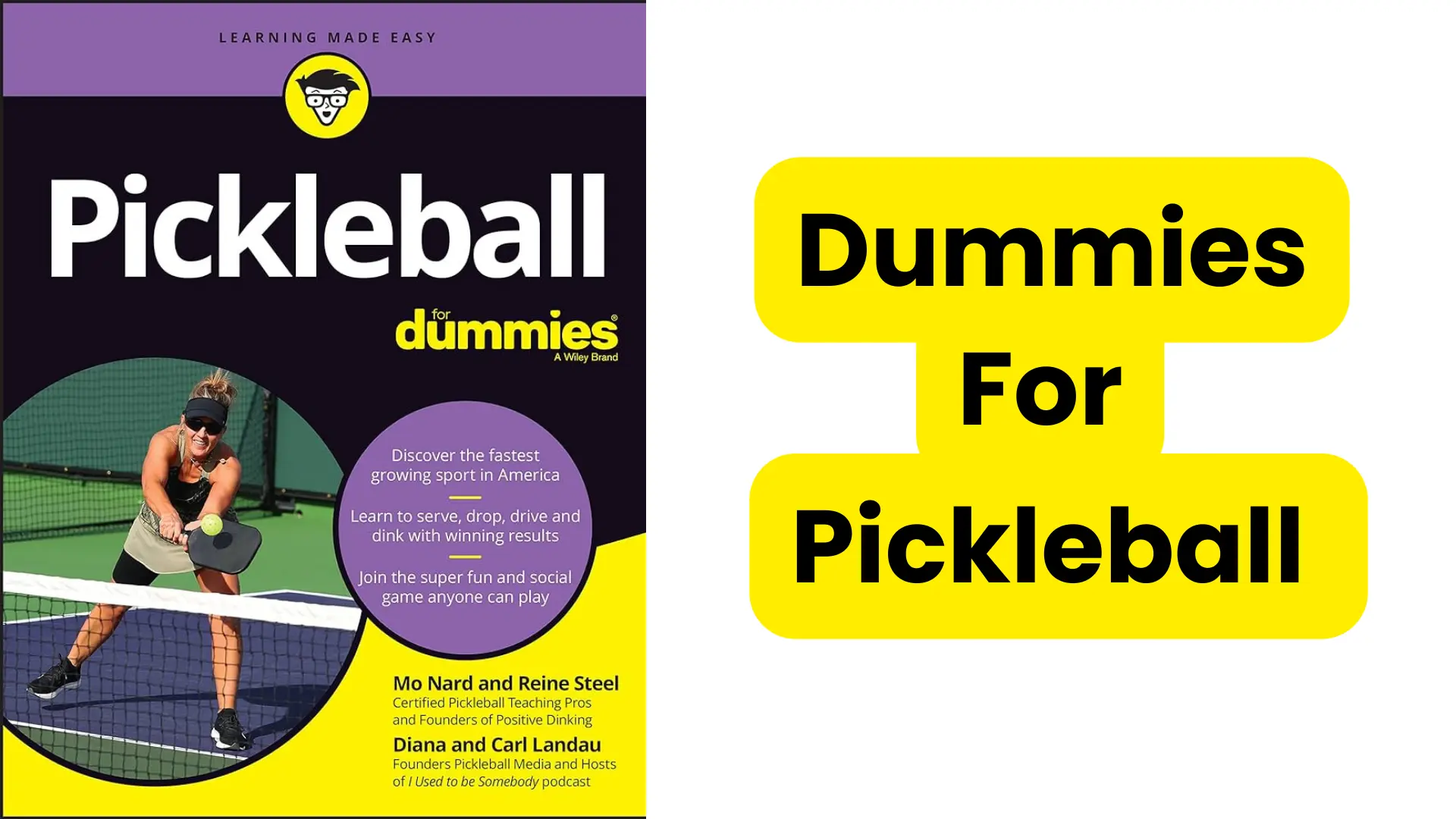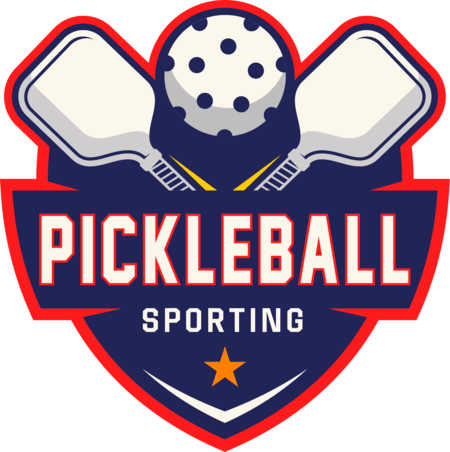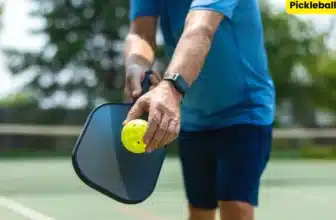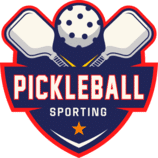
Pickleball is a rapidly growing sport, especially in the US. With an estimated 4.8 million players in the US alone by 2024 (according to the Sports & Fitness Industry Association), this paddle sport is exploding in popularity. But what exactly is it?
Pickleball combines elements of badminton, tennis, and table tennis. It is a fun and accessible activity for people of all ages and skill levels. Whether you’re a seasoned athlete or haven’t touched a paddle in years, pickleball offers a chance to get moving, have a blast, and maybe even make some new friends.
This guide is your one-stop shop for everything related to pickleball, from the basics of the game to understanding everything about the pickleball court and getting started. So, let’s get started!
Pickleball Court: A Smaller Playing Field
Pickleball court is similar to a badminton court but one that shrunk a bit in size. It is a rectangle measuring 44 feet long by 20 feet wide, roughly a third the size of a tennis court. The court is divided in half by a net that stands about 34 inches high at the sides and dips to 36 inches in the center.
What You Need to Play
Pickleball is refreshingly simple when it comes to equipment. Here’s what you will need:
- Paddle: You will find a ton of options in the pickleball paddle market. These lightweight paddles come in various sizes, materials, and weights. As a beginner, don’t worry about getting fancy. A standard paddle will do just fine.
- Pickleball: Think of it as a larger, perforated plastic Wiffle ball.
- Comfortable clothing and shoes: Think athletic wear that allows you to move freely. Court shoes with good traction are recommended to avoid slipping.
- Pickleball Court: And lastly, of course, you will need a court to play in.
Pickleball Scoring for Dummies and Gameplay
Pickleball can be played in singles pickleball for dummies or doubles. Here’s a breakdown of the basic rules:
- Serving: Serves must be underhand and diagonally crosscourt, bouncing once in the opponent’s non-volley zone (explained below) before they can return it.
- Non-Volley Zone (The Kitchen): This is the area extending seven feet from the net on both sides. Players cannot volley (hit the ball in the air before it bounces) within the kitchen.
- Scoring: Only the serving team can score. A point is awarded if the opponent fails to return the ball, commits a fault (like hitting the net or serving out-of-bounds), or lets the ball bounce twice on their side (unless they’re playing wheelchair pickleball).
- Games and Sets: Games are typically played to 11 points, with a two-point lead needed to win. Matches usually consist of winning two out of three games.
Essential Pickleball Strokes You Must Learn
Pickleball involves various strokes, but here are the three you’ll use most often:
Forehand: This is the most common shot, similar to a forehand swing in tennis.
Backhand: Hit with the non-dominant hand, similar to a tennis backhand.
Dink: A gentle shot that drops the ball just over the net, forcing your opponent to maneuver and volley.
Tips for Beginners
Feeling a bit overwhelmed? Don’t worry! Here are some helpful tips to get you started:
Find a beginner-friendly court: Look for courts with designated “open play” times or pickleball clubs that offer introductory lessons.
Start with the basics: Focus on mastering the serve, forehand, backhand, and dink before diving into more advanced techniques.
Don’t be afraid to ask for help: Experienced players are often happy to offer pointers.
Most importantly, have fun! Pickleball is a social sport, so relax, enjoy the game, and don’t take yourself too seriously.
Exploring Different Styles of Play
As you become more comfortable with the game, you can explore different styles of play:
- Baseline Players: These players prefer to stay at the back of the court and rely on powerful groundstrokes.
- Net Players: They like to control the net area with volleys and aggressive shots.
- All-Court Players: These versatile players can adapt their game to any situation.
Now that we have briefly tried to discuss almost everything about pickleball, we hope this guide can be helpful for a beginner to begin with.
Additionally, we would also like to introduce a book “Pickleball for Dummies” to you guys. It was originally published on August 20, 2022. This 448-page book is written by Mo Nard, Reine Steel, Diana Landau, and Carl Landau.
It is an easy-to-understand book, especially for beginners. However, it can also be used by experienced players. This book covers everything from scoring, serving, and dinking to places to play, and getting more involved in the community.
Frequently Asked Questions (FAQs)
Is pickleball hard to learn?
Pickleball is considered a beginner-friendly sport! The basic rules and strokes are relatively easy to pick up. Plus, the underhand serve makes it easier on your shoulders compared to tennis.
What is the difference between pickleball and ping pong?
While both use paddles and a net, pickleball is played on a much larger court with a larger ball. Unlike ping pong, where the ball can only bounce once on each side, pickleball allows for one bounce per side (except in the non-volley zone).
Is pickleball good exercise?
Absolutely! Pickleball offers a great low-impact workout that combines cardio, agility, and hand-eye coordination. It’s a fantastic way to stay active and have fun at the same time.
Conclusion:
Pickleball offers a unique blend of fun, exercise, and social interaction. Whether you’re looking for a casual activity with friends or a more competitive game, pickleball has something for everyone. So, grab your paddle, head to the court, and discover why this sport is taking the world by storm! With a little practice and a positive attitude, you’ll be volleying and dinking your way to pickleball success in no time!






